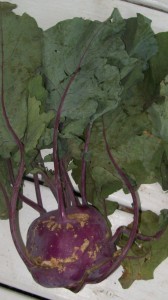
The Community Supported Agriculture, or CSA, movement is an important step in locally sourcing your food.
With more and more food recalls being issued by the government and food producers on non-meat items and food prices rising along with oil prices, having locally sourced food can be a key component of a family’s budget and sense of security.
The details of each CSA are what make them special, but most work in the same general manner. You purchase a share of the farm, so in the spring you pay the farmer a set amount, then throughout the growing season, you receive a share of the farm’s produce. This usually takes the form of a weekly box or share of what ever is harvested that particular week.
A CSA is a community build around food production and keeping it local to the consumer. This means that as the consumer, you will be getting your hands dirty – which is a fabulous way to get to know your food.
How it works.
When you purchase a share of a CSA you are taking a risk and sharing in the benefits of a farm. If it is a good year, you will reap the extra bounty in the form of extra fruits and veggies. If there turns out to be a flood or crop failure, you share in that failure with fewer fruits and veggies.
Most CSAs have a work portion to their shares so that each shareholder will need to contribute their labor to the farm by helping with planting, harvesting, or distributing the produce. Generally this is measured in terms of a handful of farm hours across the growing season.
What do you get?
Generally, each week during the season, you will visit the farm to pick up your box of produce. Some CSAs you walk through and pick out the exact bunch of kale or weigh out your own pound of potatoes rather than have them pre-boxed.
Either way, you get a share of whatever produce became ripe that particular week. You will get general guidelines of when to expect what and some things will just make sense. Lettuce and strawberries are a spring crop and pumpkins and potatoes will come later in the season. The guidelines are never going to be exact since somethings will ripen sooner or later than the guides suggest.
Related Post: Biodynamic Farming: What It Is and Why Do It
You also get the amazing benefit of getting to know the person who grew your food. CSAs put a face to your food and over time you will develop a personal relationship not only with the farmer, but with the farm as well.
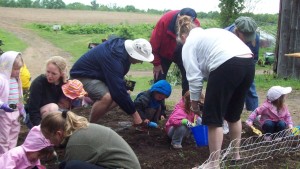
How much do you get?
Most CSAs offer a full share or a half share option. A few will offer other options such as a “single person” share or a certain number of pounds of produce each week.
The best way to determine how much you need is to look at your shopping receipts for the last few weeks. How much money do you spend on produce? That should give you and indication of how much you want to spend per week at the CSA. For example, if you spend about $20 per week on fruits and veggies, and your CSA is offering an option of a half share for 20 weeks at $400 ($400/20 weeks = $20/week) and a full share for 20 weeks at $750 ($750/20 weeks = $37.50/week) , then the half share is right for you.
There are other options such as splitting a share. Many CSA not only allow, but encourage share splitting. You can divide the bounty with another family each week by meeting up or one person dropping off half a share or you can alternate weeks of picking up.
Is it only vegetables?
Vegetable CSAs are certainly the most common form of CSA, it is by no means the only form. Many farms are offering egg, meat, and grain CSAs as well. A handful of farms offer herb or flower CSAs.
What do I do with the produce?
The produce is going to vary from week to week, but usually you will have smaller harvests at the beginning and ends of the season. Check with your growers to find out what might be in the early boxes. Generally this will be things like peas, greens, strawberries, or lettuce.
One of the joys of a CSA is cooking and eating seasonally.
What if I don’t like onions or kale?
A CSA is not like a grocery store where you can purchase only the items you want or are familiar with eating. A benefit to a CSA is the opportunity to try new foods and some you are going to like and others, well, many not. One option is if you know up front that you despise zucchini for example, is to start a “Take it or Leave it” box so other members can drop off produce they don’t want to take home and you can pick up an extra eggplant if that is your preference.
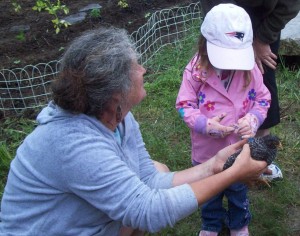
Where can I find one in my area?
Check out a local farmers market and ask around about CSAs. This is a great resource for finding CSAs and meeting the farmers involved.
Another way to find a CSA is through Local Harvest. Not all of their information is up to date, so check with farms directly to find out the most recent prices and dates.


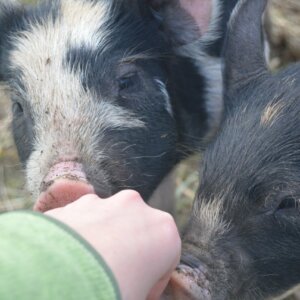

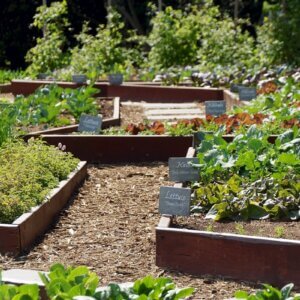









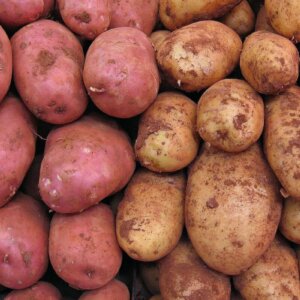

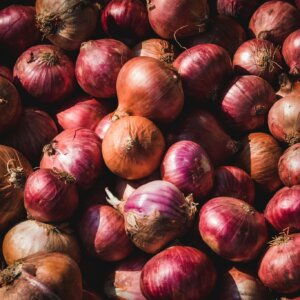


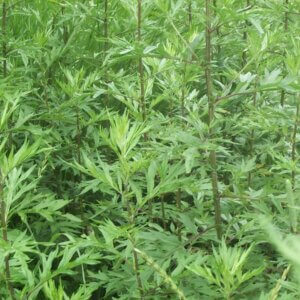






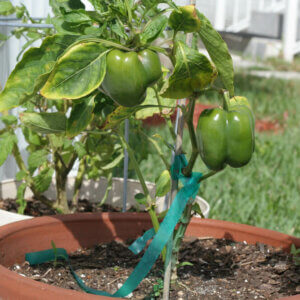
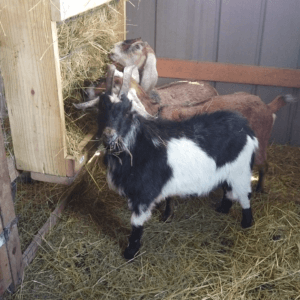
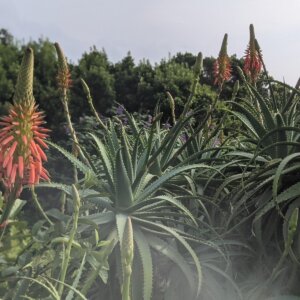

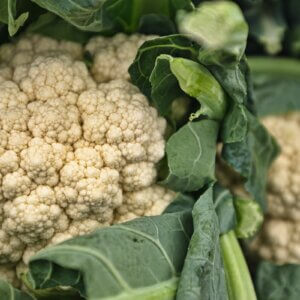







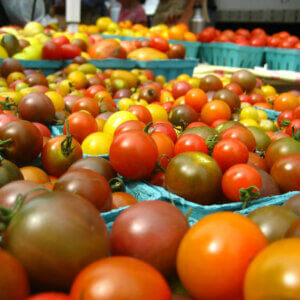
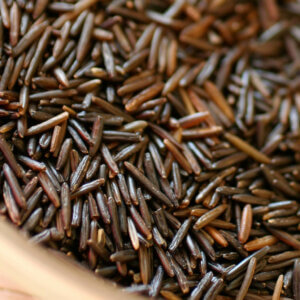
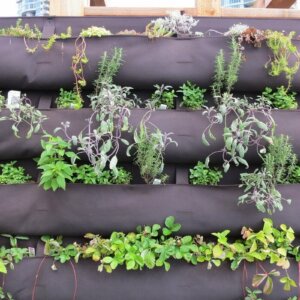

Our CSA offers eggs and meat as well as veggies – I’ve never tasted such good eggs! You could tell the difference between the CSA eggs and grocery store ones just by looking at the yolks. The grocery store eggs yolks were a pale yellow compared to the rich golden yellow of the ones from our CSA.
We have taken part in three CSAs, its hit or miss, the first one was amazing more food then I knew what to do with, the second one was bad, the third one was so so for vegies but great with eggs and free range chickens.
Thank you both for sharing your experiences. I, too, have been in three different CSAs and each one had its own personality and varied year to year on yield.
@Moonglum – I hope you find a fourth that suits you perfectly.
@Tricia – I get my eggs from a local homesteader here in town and the yolks are amazingly yellow. Happy chickens…